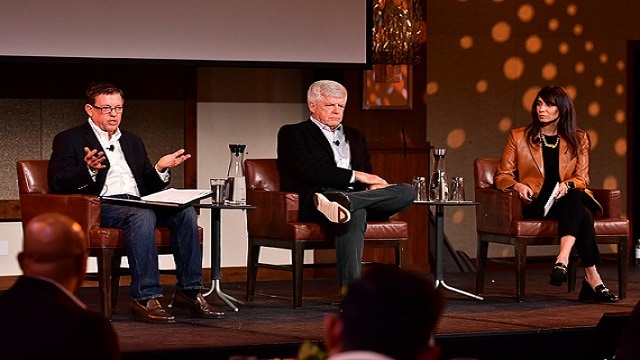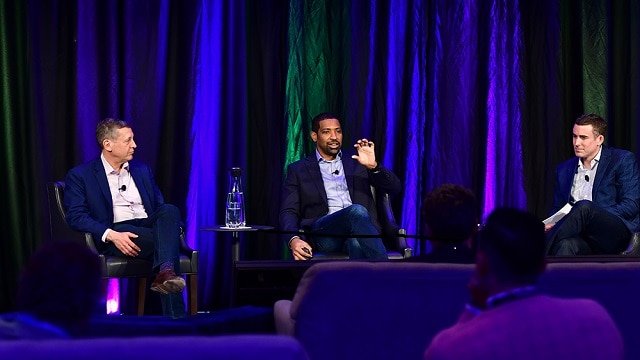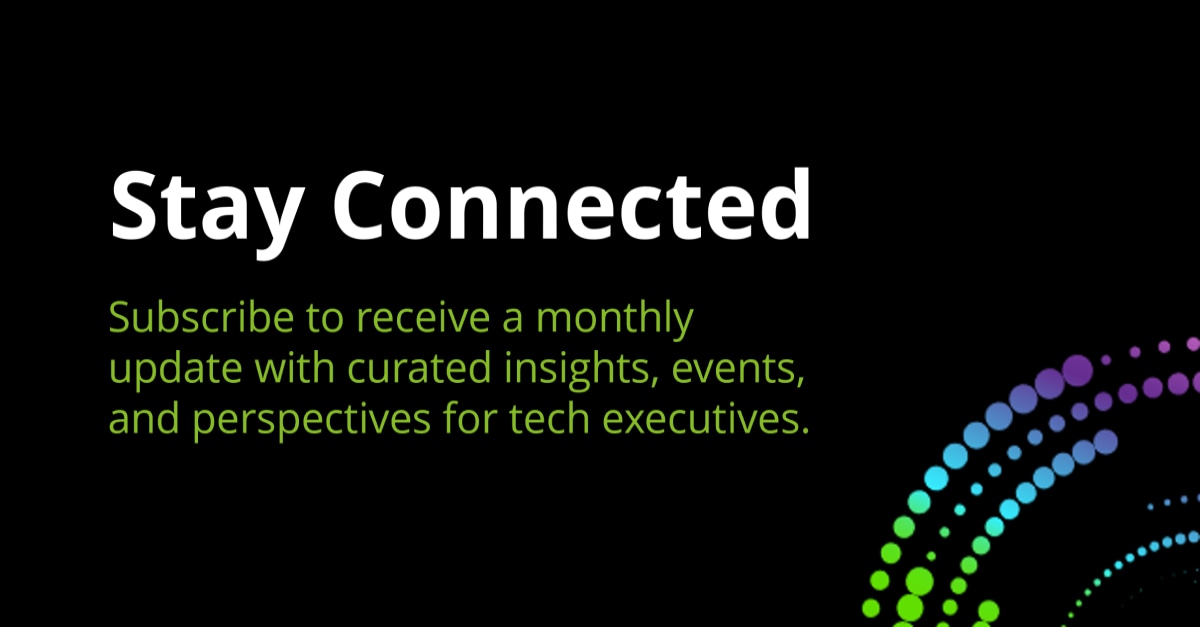As part of Deloitte Executive Accelerators, The CDAO Program is an executive leadership program offering development experiences, labs, networking opportunities, and valuable insights for Chief Data and Analytics Officers, Chief Data Officers, and other technology leaders in data, analytics, and AI.
Insert Custom HTML fragment. Do not delete! This box/component contains code
that is needed on this page. This message will not be visible when page is
activated.
+++ DO NOT USE THIS FRAGMENT WITHOUT EXPLICIT APPROVAL FROM THE CREATIVE
STUDIO DEVELOPMENT TEAM +++
Experiences
Curated workshops, learning opportunities, and networking forums.
Insert Custom HTML fragment. Do not delete! This box/component contains code
that is needed on this page. This message will not be visible when page is
activated.
+++ DO NOT USE THIS FRAGMENT WITHOUT EXPLICIT APPROVAL FROM THE CREATIVE
STUDIO DEVELOPMENT TEAM +++
#
Labs
Our individual and team labs support data, analytics, and AI executives at key inflection points, including transitioning to a new role, improving alignment, agility, and outcomes, and enhancing data team alignment, and paving the path from strategy to execution.
Peer Circles
The CDAO Peer Circles create a forum to discuss common experiences, challenges, and opportunities with a cohort of cross-industry peers. Conversations provide an opportunity to network, ideate, and engage in an evolving dialogue.
Academy
The CDAO Leadership Academy offers a dynamic and exclusive leadership development opportunity to help data, analytics, and AI executives develop and apply their personal leadership style to navigate and lead their organizations to thrive.
#
Labs
Our individual transition labs and executive team alignment labs support leaders at key inflection points, including setting or pressure testing enterprise strategy; establishing a transformation ambition; and scenario planning.
Summits
Executive Summits are curated experiences that convene cross-industry cohorts of senior leaders to build connections in an exclusive, unparalleled community.
Separate events are offered for strategy and transformation and leaders are invited to attend their respective summit.
Peer Circles
Virtual Peer Circles provide an opportunity for C-suite strategy and transformation leaders to connect regularly in small cohorts for facilitated and interactive reflection, discussion, and connection around timely topics.
For more information on these opportunities and more, please contact the CDAO Program.
Insert Custom HTML fragment. Do not delete! This box/component contains code
that is needed on this page. This message will not be visible when page is
activated.
+++ DO NOT USE THIS FRAGMENT WITHOUT EXPLICIT APPROVAL FROM THE CREATIVE
STUDIO DEVELOPMENT TEAM +++
Research & Insights
Highlights of our data-driven research and perspectives
Insert Custom HTML fragment. Do not delete! This box/component contains code
that is needed on this page. This message will not be visible when page is
activated.
+++ DO NOT USE THIS FRAGMENT WITHOUT EXPLICIT APPROVAL FROM THE CREATIVE
STUDIO DEVELOPMENT TEAM +++
The CDAO Program creates and curates proprietary research and insights that offer unique perspectives on key topics relevant to technology executives and business leaders.
Insert Custom HTML fragment. Do not delete! This box/component contains code
that is needed on this page. This message will not be visible when page is
activated.
+++ DO NOT USE THIS FRAGMENT WITHOUT EXPLICIT APPROVAL FROM THE CREATIVE
STUDIO DEVELOPMENT TEAM +++

Insert Custom HTML fragment. Do not delete! This box/component contains code
that is needed on this page. This message will not be visible when page is
activated.
+++ DO NOT USE THIS FRAGMENT WITHOUT EXPLICIT APPROVAL FROM THE CREATIVE
STUDIO DEVELOPMENT TEAM +++
Image-with-caption. Do not delete! This box/component contains JavaScript that is needed on this page. This message will not be visible when page is activated.












